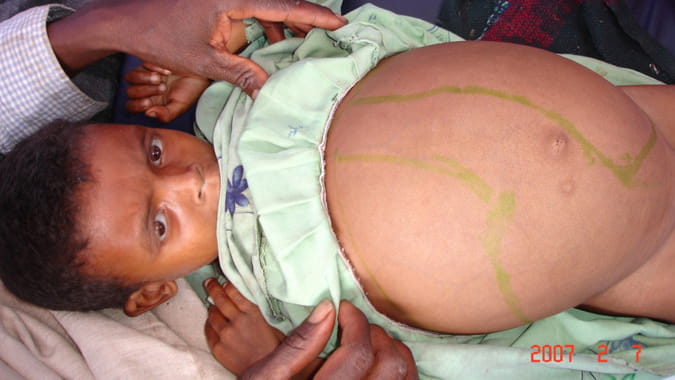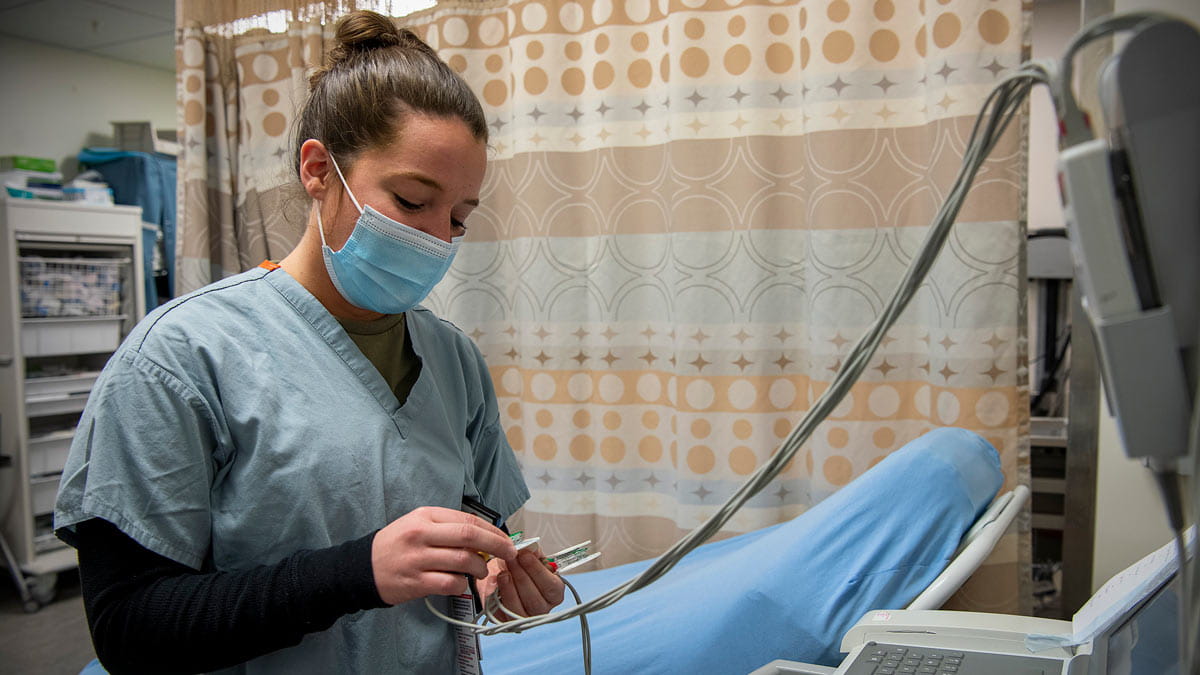Ohio State Researchers to Test a Vaccine that Could Stop Spread of Leishmaniasis
 Researchers at The Ohio State College of Medicine are set to test a vaccine to stop the spread of leishmaniasis, an infectious disease that is caused by the parasite leishmania, a protozoan that is found historically in tropical and subtropical regions around the world and in parts of southern Europe. With the onset of globalization and climate change, the disease has spread to other parts of the world, including the U.S. In 2008, clinicians at The Ohio State University Wexner Medical Center treated half a dozen cases in people who had traveled outside the country.
Researchers at The Ohio State College of Medicine are set to test a vaccine to stop the spread of leishmaniasis, an infectious disease that is caused by the parasite leishmania, a protozoan that is found historically in tropical and subtropical regions around the world and in parts of southern Europe. With the onset of globalization and climate change, the disease has spread to other parts of the world, including the U.S. In 2008, clinicians at The Ohio State University Wexner Medical Center treated half a dozen cases in people who had traveled outside the country.
Transmitted to humans through infected sand flies, leishmaniasis is the world’s second-deadliest parasitic disease after malaria. Approximately 1.7 million cases occur each year in 98 counties worldwide, with an estimated one billion people at risk of infection. Depending on the particular species, leishmania can range from localized skin ulcers (in cutaneous leishmaniasis) to potentially fatal systemic disorders (in visceral leishmaniasis), such as enlargement of the liver and spleen.
Treatment for leishmaniasis is limited, and there is currently no vaccine that can safely and effectively protect against the disease.
“Vaccination through leishmanization with live leishmania major has been used successfully in the past but is no longer practiced because it has resulted in occasional skin lesions,” says Abhay Satoskar, MD, PhD, professor of Pathology at The Ohio State University College of Medicine, who has spent more than 30 years studying the molecular processes in leishmaniasis. “In our current study, a major obstacle to using a live vaccine—the risk of disease development—was overcome by engineering a markerless, second-generation, live-attenuated parasite that can confer protection without associated pathology.”
The attenuated parasite that Dr. Satoskar references, LmCen-/-, is a centrin gene “knock-out” mutant strain of the L. major pathogen that he and his team have genetically engineered in the lab using CRISPR technology.
“CRISPR-Cas genome editing was essential to generating this marker-free strain because this technology can delete genes with high specificity and fidelity without selection with antibiotic-resistant marker genes,” says McGill University’s who is lead author in the new study. “In place of antibiotic marker selection, the selection was based on a reduced proliferation rate of the LmCen−/− mutant identified through single-cell cloning, the first time such a selection has been performed in leishmania.”
The team has been able to demonstrate that mice immunized with LmCen−/− are protected against lesions with an immune response comparable to leishmanization, making the method safe, immunogenic and protective against sand fly transmitted L. major infection and meeting efficacy and ethical standards for advancement to human clinical studies which are expected to begin soon.
“Future studies are required to establish whether vaccination with LmCen−/− is safe and protective in humans,” says Dr. Satoskar. “The combination of old leishmanization and new CRISPR gene editing technologies can result in major advances in vaccine design that have the potential to protect millions of people from this major, neglected disease.”
The paper, A second generation leishmanization vaccine with a markerless attenuated Leishmania major strain using CRISPR gene editing was published in Nature Communications on July 10, 2020.



